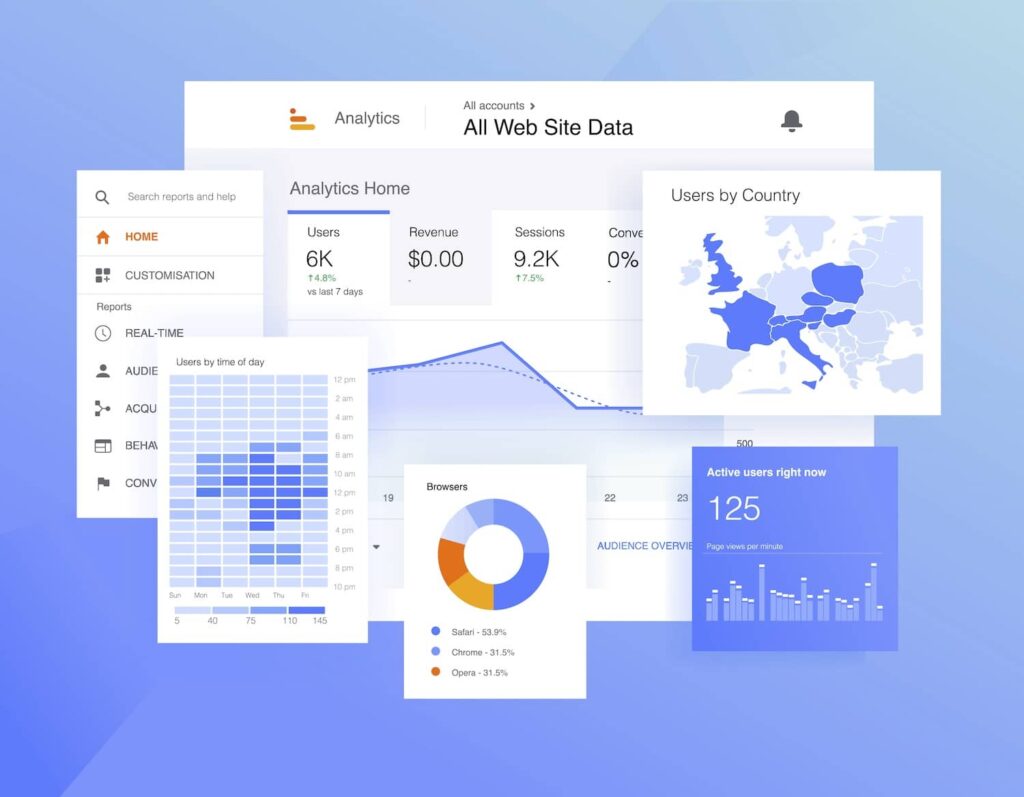Unveiling the Effect of Second Measurement in Google Analytics on Information Evaluation and Insights
In the world of information analytics, the utilization of second measurements within Google Analytics has actually emerged as a crucial tool for drawing out much deeper understandings and unraveling complex patterns that could otherwise remain obscured. By peeling back the layers of main data sets, secondary dimensions provide a nuanced viewpoint that enriches the understanding of user habits, internet site performance, and the efficiency of advertising techniques.
Checking Out the Concept of Additional Dimensions
Additional measurements in Google Analytics give additional understandings by allowing users to assess primary data in combination with a second feature. By integrating second dimensions, individuals can dive deeper right into the information and uncover useful correlations that may or else go unnoticed - what is a secondary dimension in google analytics.
By discovering the various additional measurements available in Google Analytics, customers can unlock brand-new insights and maximize their digital marketing initiatives. In essence, secondary measurements serve as a powerful tool for improving data evaluation and driving actionable results.
Enhancing Data Interpretation With Secondary Dimensions
Having established the foundational understanding of additional dimensions in Google Analytics and their essential function in information evaluation, the emphasis currently moves towards leveraging these additional features to improve the interpretation of analytics data (what is a secondary dimension in google analytics). By incorporating secondary measurements into data evaluation, analysts can acquire deeper understandings right into customer habits, website performance, and marketing performance

In addition, additional dimensions help in contextualizing key information metrics by supplying extra layers of information. This contextualization aids in understanding the 'why' behind the data fads, assisting analysts make informed decisions and optimizations to enhance overall performance. Inevitably, integrating additional measurements enhances the data interpretation process, leading to more critical actions and significant insights.
Discovering Hidden Insights With Second Measurements
Exploring the midsts of analytics information with additional measurements discloses valuable understandings that would certainly otherwise stay covered. By incorporating secondary dimensions in Google Analytics, services can unearth concealed patterns, fads, and connections that provide an even more thorough understanding of customer habits and website efficiency. These added layers of data allow experts to dig much deeper into the key dimensions, such as web traffic sources or landing web pages, and get a more nuanced viewpoint on exactly how various variables communicate with each various other.
Through the use of additional measurements, experts can sector and contrast information throughout numerous dimensions, allowing them to identify specific elements that influence customer engagement, conversion prices, and total success metrics. By coupling the key dimension of 'device group' with the additional measurement of 'age team,' marketing professionals can determine which age demographics prefer accessing the web site with mobile gadgets versus desktop computers.
Leveraging Secondary Measurements for Actionable Analytics
Structure upon the understandings revealed with second dimensions in Google Analytics, businesses can currently harness this enriched data landscape to drive workable analytics and calculated decision-making. By leveraging second measurements, organizations can delve much deeper right into their information to extract useful patterns, patterns, and connections that may have formerly gone undetected. This much deeper degree of analysis enables services to obtain a much more detailed understanding of individual habits, campaign efficiency, and total internet site effectiveness.
One trick advantage of using additional measurements for workable analytics is the capacity to sector information based on particular standards. This division allows organizations to customize their projects and approaches to various target market groups, bring about more targeted and efficient marketing efforts - what is a secondary dimension in google analytics. In addition, additional dimensions from this source offer an even more alternative sight of user interactions, making it possible for businesses to optimize their web site material, style, and total customer experience
Maximizing Decision-Making With Second Measurements
To boost calculated decision-making in analytics, leveraging second dimensions in Google Analytics can supply a more nuanced perspective on customer actions and campaign performance. By including second dimensions right into information analysis, companies can dive deeper into the specifics of their web site site visitors' interactions and engagement patterns. This additional layer of info enables a more detailed understanding of just how various variables, such as demographics, tools, or website traffic sources, influence essential efficiency indicators.

Verdict
To conclude, making use of additional measurements in Google Analytics plays a crucial duty in improving information analysis and discovering covert understandings. By discovering this principle, one can gain a much deeper understanding of user behavior and make educated decisions based upon actionable analytics. Leveraging additional measurements enables a more extensive interpretation of data and makes best use of the performance of decision-making procedures.
